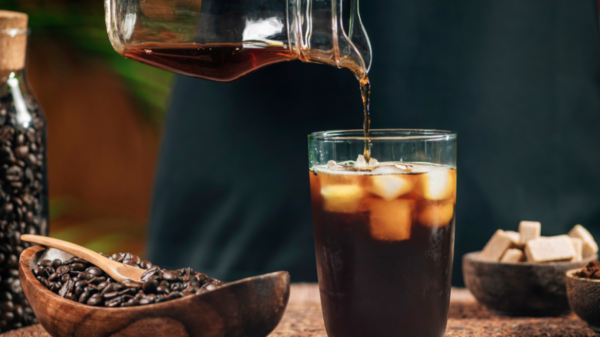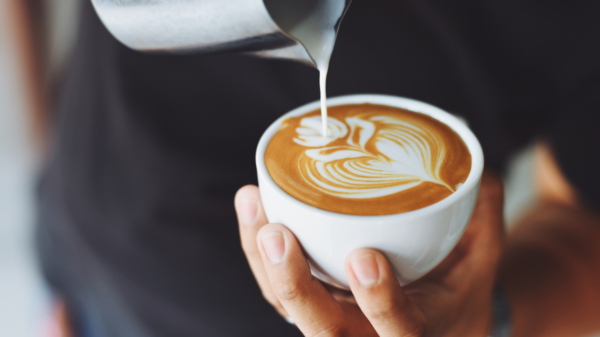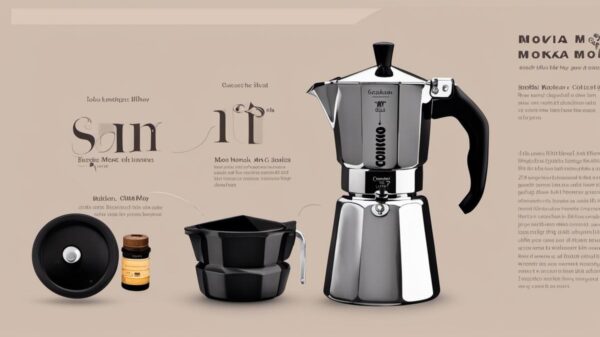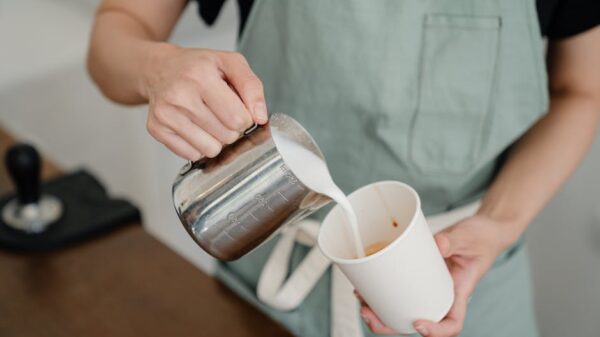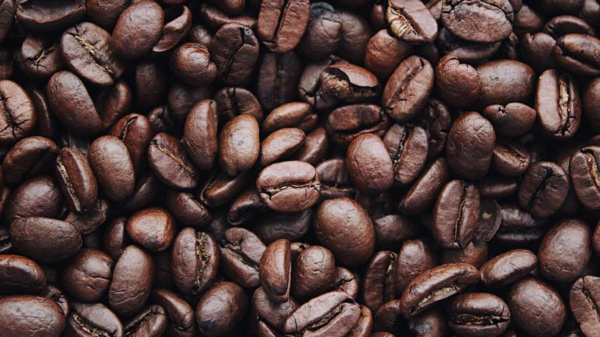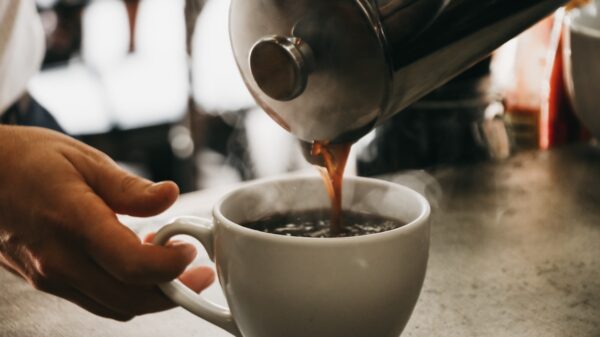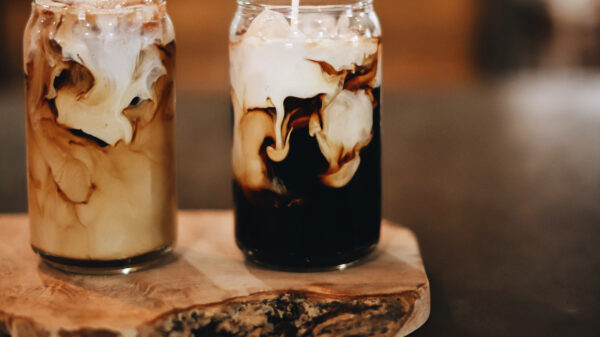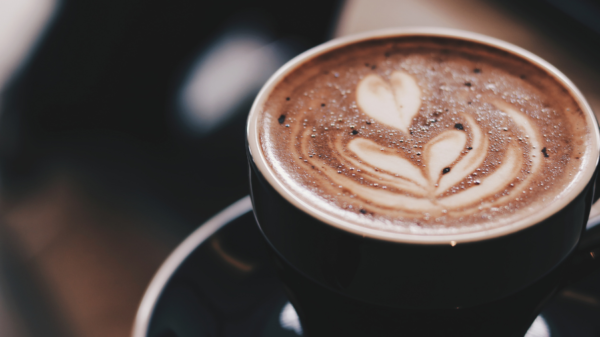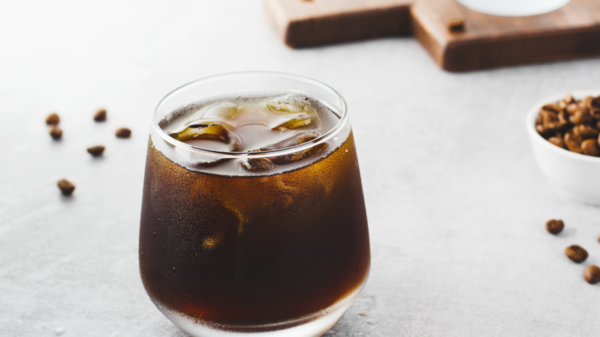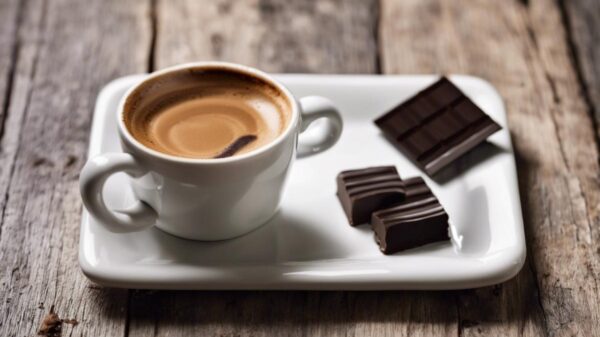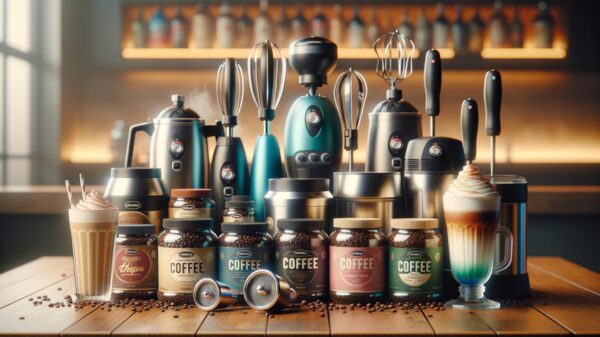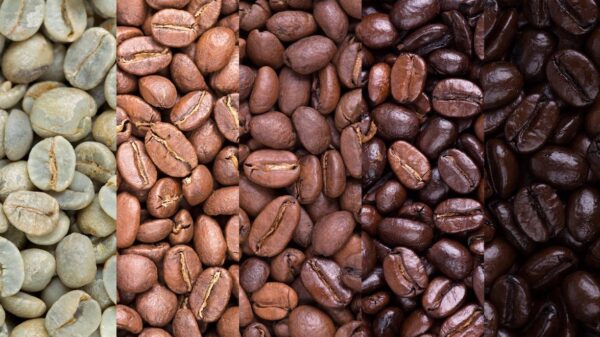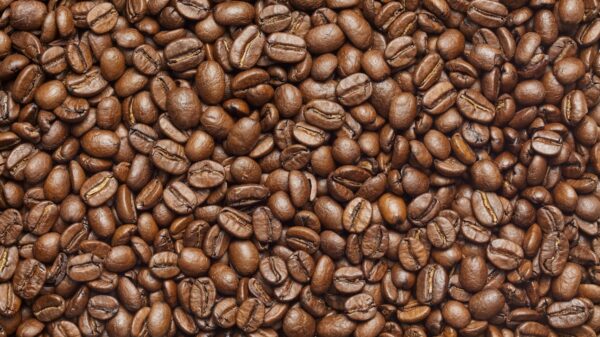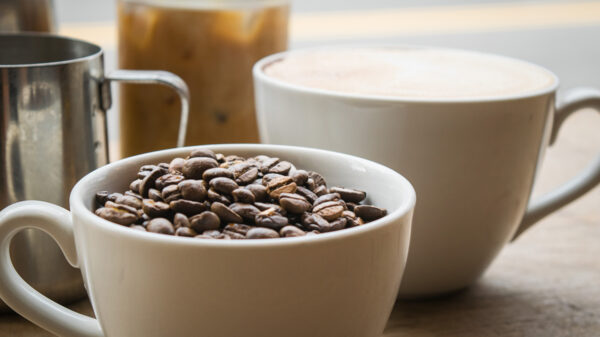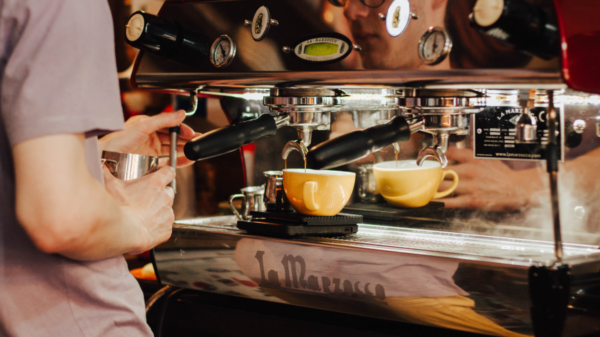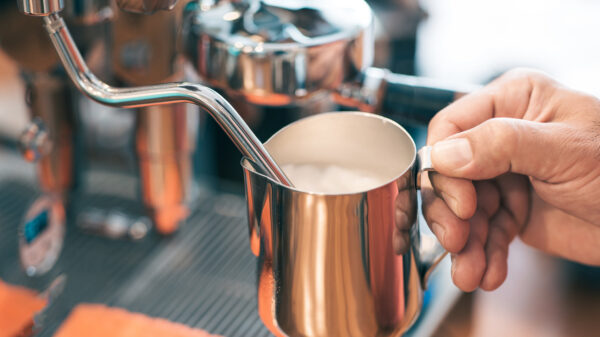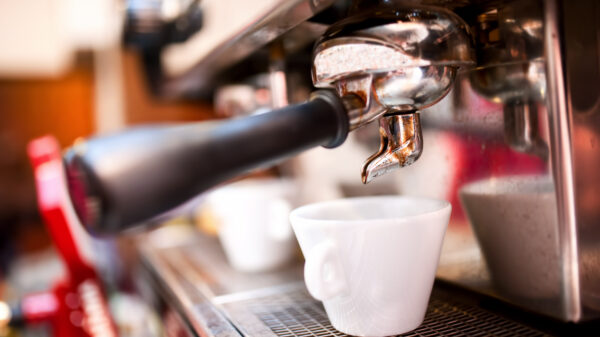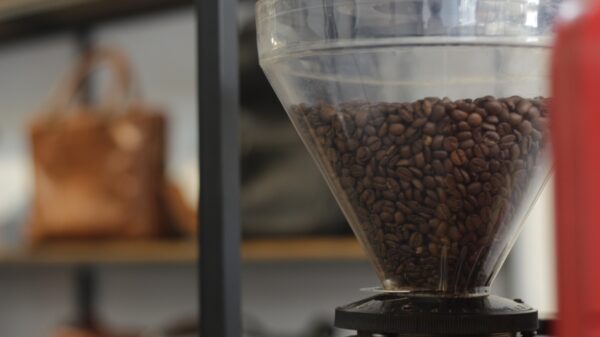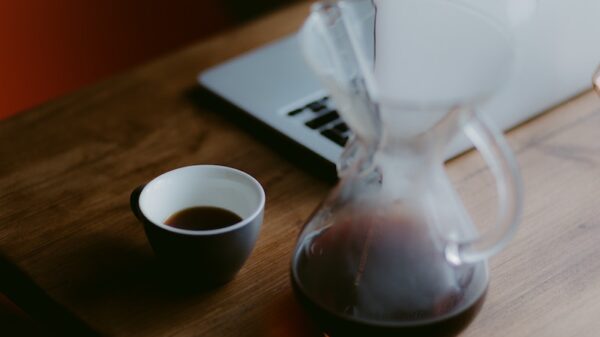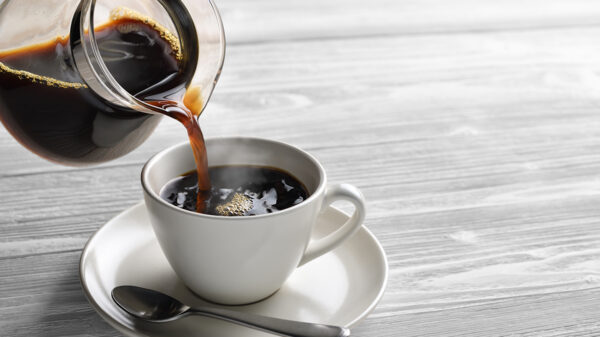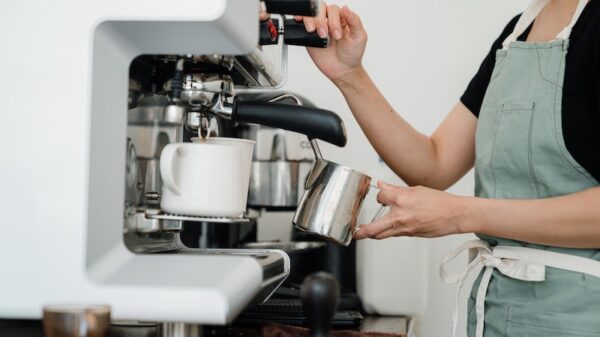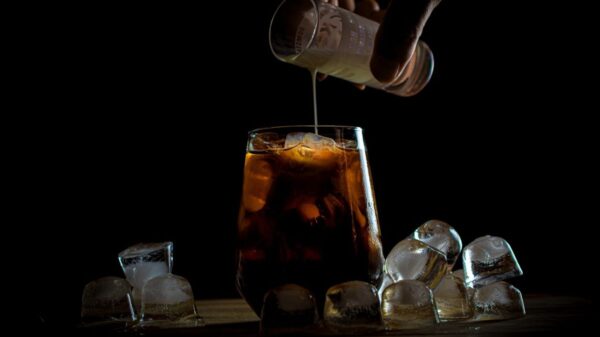Crafting Coffee Cocktails at Home: Step-By-Step Guide
Choosing Your Base Coffee
Choosing a quality coffee as the foundation for your cocktail is crucial. This includes understanding the differences between espresso, cold brew, and regular coffee, and how each can influence the taste and texture of your drink.
Espresso packs a punch, known for its concentrated flavor and creamy consistency, which contributes a rich taste as well as a thicker texture to cocktails. Perfect for those drinks where you desire a bolder coffee presence that stands up against strong spirits. Meanwhile, cold brew brings a smoother, sweeter profile with its lower acidity. This makes it suitable for lighter, more refreshing coffee cocktails that might use ingredients like citrus or soda water to create a balanced, easy-drinking experience. Then there’s regular coffee, which occupies the middle ground. A good filtered coffee provides a versatile flavor strength. It can be adjusted by brewing methods to complement a variety of cocktails, working well in both warming winter concoctions and iced summer sippers.
The process matters, too. Espresso, the heart of many coffee-cocktail classics, like the Espresso Martini or the Irish Coffee, thrives on its pressure-brewed intensity and velvety foam top. It’s this foam that float garnishes on, such as three coffee beans signifying health, wealth, and happiness. Cold brew, on the other hand, requires patience—steeping for hours to achieve its signature mellow sweetness and high caffeine content. This smooth operator serves as the backbone for modern twists on boozy treats like Cold Brew Negronis or Cold Brew Old Fashioneds, offering a cold caress rather than a hot blast of coffee flavor.
Regular coffee shines in the flexibility department. You can brew it to your strength preference, adjusting the water-to-coffee ratio for the perfect balance in cocktails that require a nuanced coffee note without overpowering other flavors. Its range allows it to be the go-to for simpler concoctions where the coffee doesn’t need to compete but complement—think coffee kissed with amaretto or lightly laced with liqueur.
Understanding these nuances can elevate your coffee cocktail. First, identify the primary flavors in your intended cocktail and decide how pronounced you want the coffee element to be. Choose espresso for intensity, cold brew for smooth sweetness, and regular coffee for balanced flexibility. This choice lays the groundwork for a coffee cocktail that delights with depth and complexity. Remember, the quality of your coffee directly influences the taste of your drink. Always start with freshly roasted beans for the best flavor profile, regardless of the brewing method, ensuring every sip is satisfying.
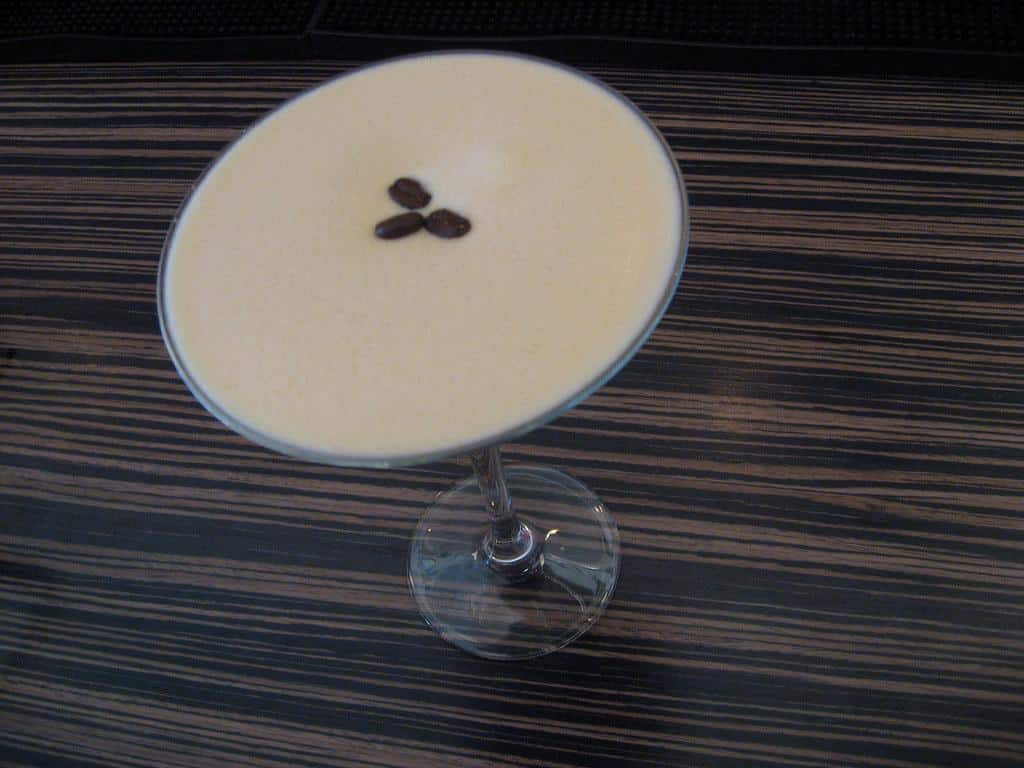
Mixing with Spirits and Liqueurs For Your Coffee Cocktail
When we dive into mixing spirits and liqueurs with coffee, the magic is in matching the complex tastes of spirits with the deep, robust notes of coffee. It’s like hosting a gathering where you want every guest – from the bold Kahlua to the creamy Baileys, to the lesser-known but equally intriguing Amaro and bourbon – to mingle harmoniously.
First things first, Kahlua and Baileys are the go-to for coffee cocktails. They’re practically soulmates for coffee. Kahlua, with its coffee essence, boosts the coffee flavor without overshadowing it. On the other hand, Baileys brings a creamy sweetness that rounds out the coffee’s bitter edges. Try adding Kahlua to jazz up your iced coffee or Baileys for a luxurious hot coffee treat on chilly evenings.
But why stop there? Venturing out can lead to delightful surprises. For instance, bourbon, with its caramel and vanilla notes, can add a touch of warmth and depth to your coffee. Pour a dash into your next cup and watch it transform.
Amaro, an herbal liqueur, could be your next coffee cocktail revelation. Its herbal and bittersweet profile makes it a curious yet perfect companion for coffee. The trick is to start small; let the Amaro introduce itself without taking over the conversation.
For those willing to explore beyond the usual, consider rum or tequila as potential mates for your coffee. These spirits can introduce a playful twist to your coffee. A bit of rum can add a touch of tropical warmth, while a splash of tequila can bring an unexpected sharpness that contrasts intriguingly with the coffee’s richness.
To start your adventure into coffee and spirit pairings:
- Choose your coffee base – be it espresso, cold brew, or regular coffee – and prepare it as you like.
- Select your spirit or liqueur. Consider what flavor profile might match well with your coffee.
- Begin with small amounts. Spirits are potent, and the idea is to complement, not overpower, your coffee.
- If you’re using cream-based liqueurs like Baileys, consider whether you’re in the mood for something rich and decadent.
- For those experimenting with stronger spirits like bourbon or Amaro, think about whether you’re after a deep, complex flavor profile.
- Once you’ve made your choices, mix them with your coffee and give it a taste. Adjust if necessary.
- Finally, enjoy your creation. Notice how the flavors play off each other.
Remember, making a great coffee cocktail is all about balance and your preference. So keep experimenting until you find your perfect match.
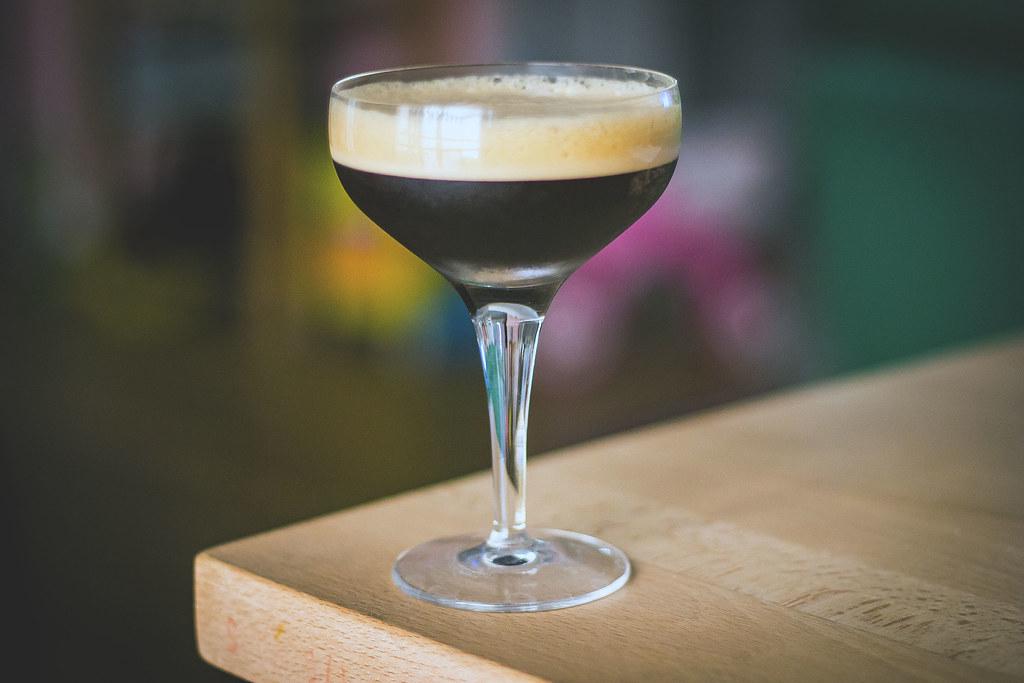
Balancing Flavors In Your Coffee Cocktail
Navigating the complex world of flavors in a coffee cocktail isn’t just about mixing spirits with your favorite brew. To create a beverage that delights the palate, it’s crucial to understand and achieve a balance between sweetness, bitterness, acidity, and alcohol content. Striking this harmony is what differentiates a good cocktail from a memorable one. Let’s dive into how sugar syrups, creams, and garnishes play pivotal roles in smoothing out the edges and rounding out the flavors.
Sugar syrups are your best friends when it comes to combating bitterness and enhancing the natural sweetness of the coffee without overpowering its unique characteristics. Easy to make at home by dissolving equal parts sugar and water, these syrups can be infused with vanilla, cinnamon, or even chili to add an extra layer of flavor. By incorporating sugar syrups into your mix, you control the cocktail’s sweetness level, ensuring that it complements rather than clashes with the alcohol.
Creams add another dimension. Whether it’s the silkiness of heavy cream in a White Russian or the frothy top of whipped cream on an Irish Coffee, creams not only bring a visual appeal to your cocktail but also tame the sharpness of alcohol and bitterness of coffee with their richness. For dairy-free options, coconut cream or almond milk can offer a delightful texture and a slight nuttiness, adding depth to the drink without compromising its integrity.
Garnishes are not just for decoration. A thoughtfully chosen garnish can enhance or introduce new aromas and tastes to your coffee cocktail. The citrus zest can introduce a bright pop of freshness, cutting through the heaviness of the drink, while a sprinkle of cocoa powder or cinnamon can amplify the chocolate and spice notes in your coffee. Even the simple act of floating a few coffee beans on top of your drink adds an anticipatory aroma that invites you to take the first sip.
In crafting your coffee cocktail, remember that balance is key. Start by choosing your coffee base, then select a spirit that complements its flavor profile. From there, adjust the sweetness with your syrup of choice, mellow out the bitterness with a dash of cream, and finish off with a garnish that brings all these elements together. With a bit of experimentation and a willingness to explore, you’ll find yourself creating coffee cocktails that are not just drinks but experiences to be savored.
Creating a balanced coffee cocktail might seem daunting at first, but by understanding and playing around with these elements, you’re well on your way to developing a concoction that’s uniquely yours. Armed with these tips, every sip promises a journey through harmonious flavors that make every moment worth savoring.


